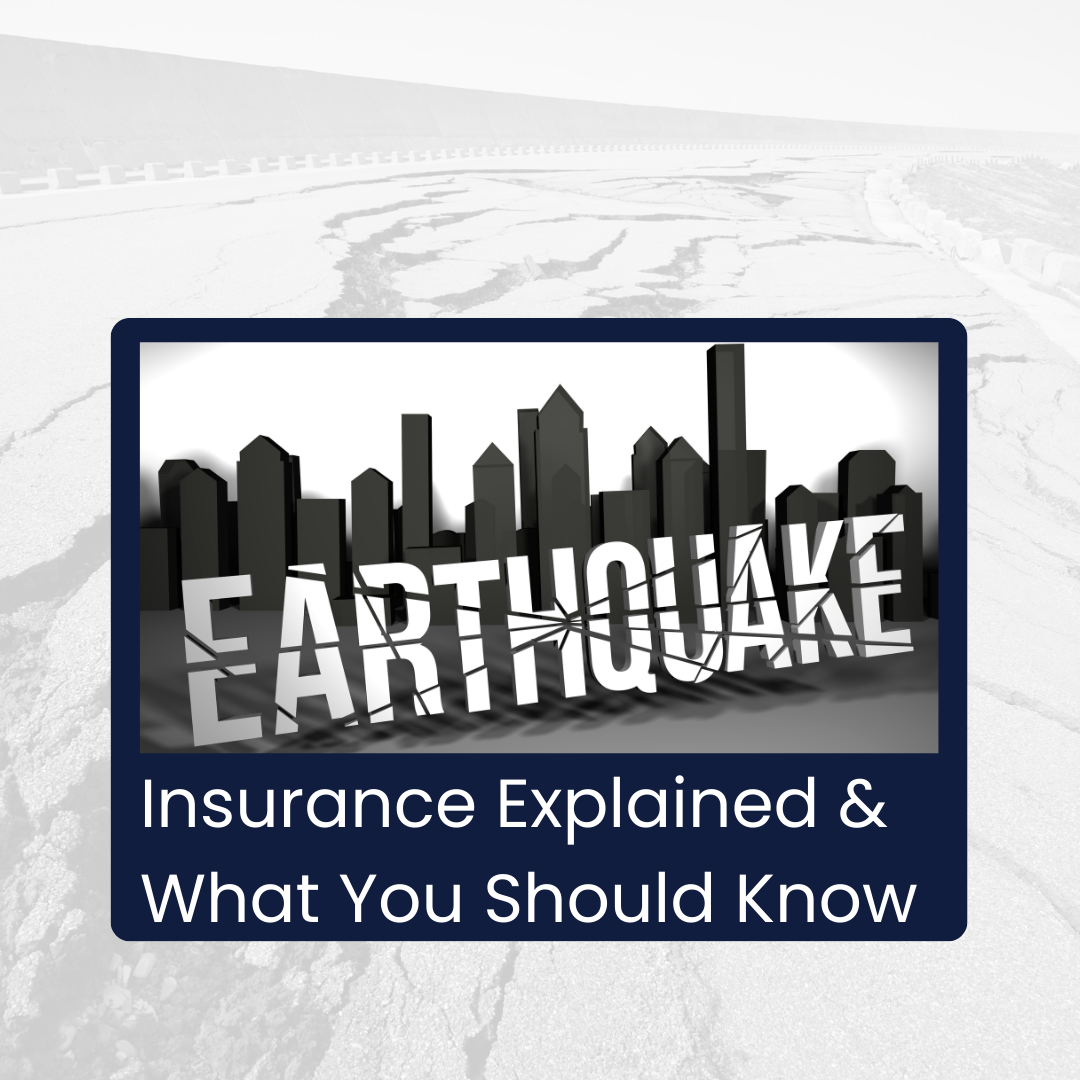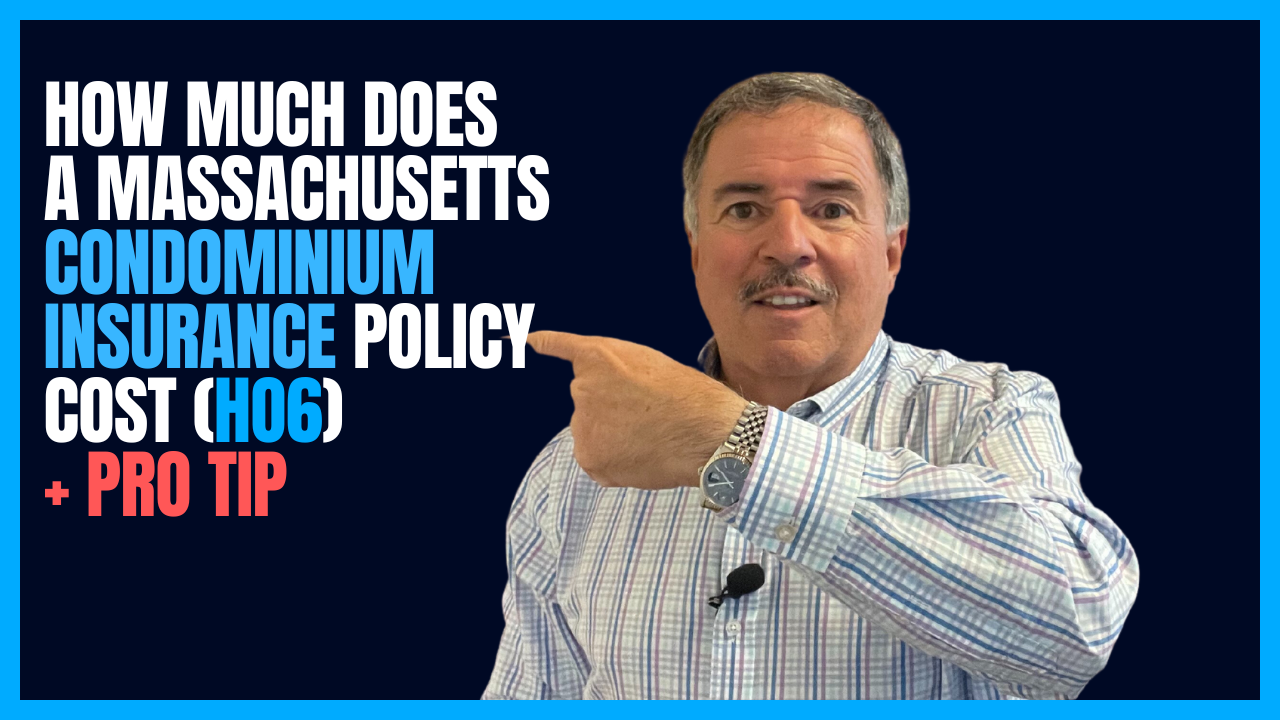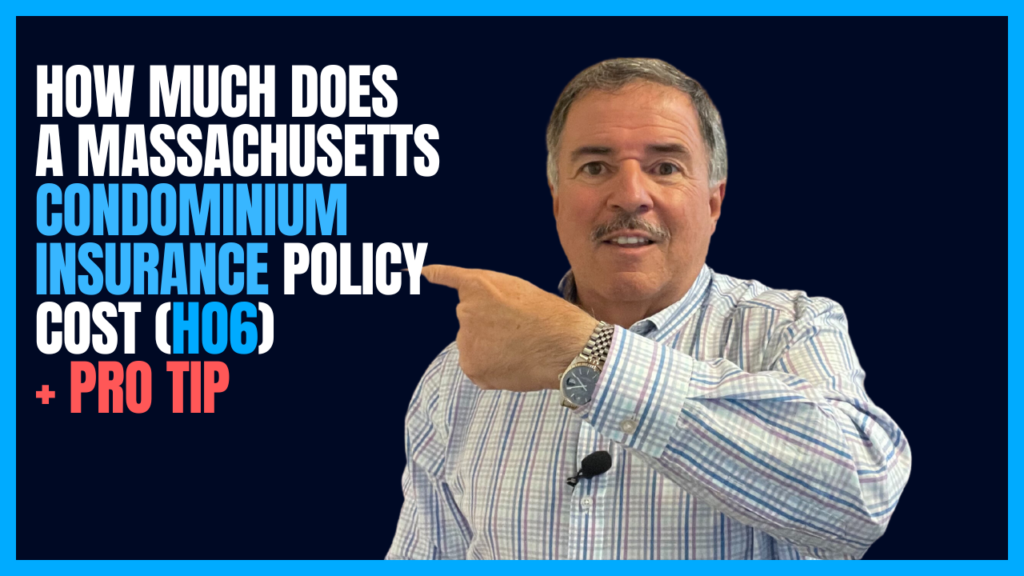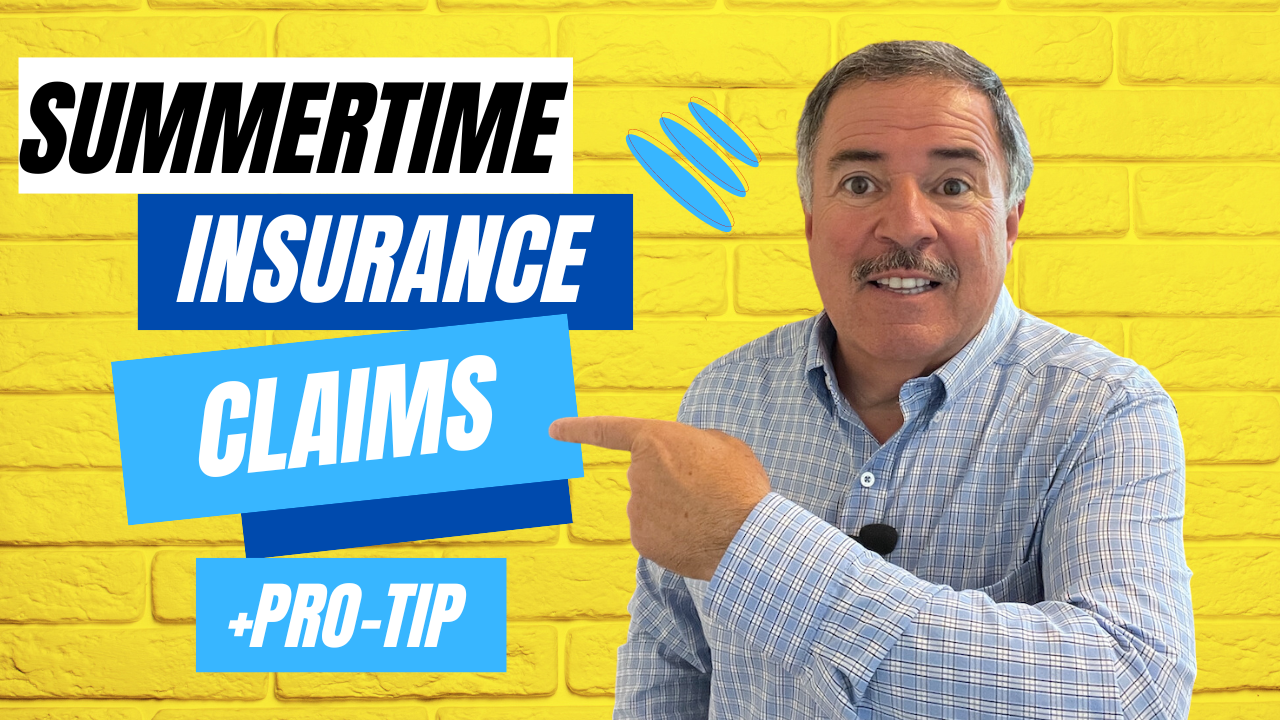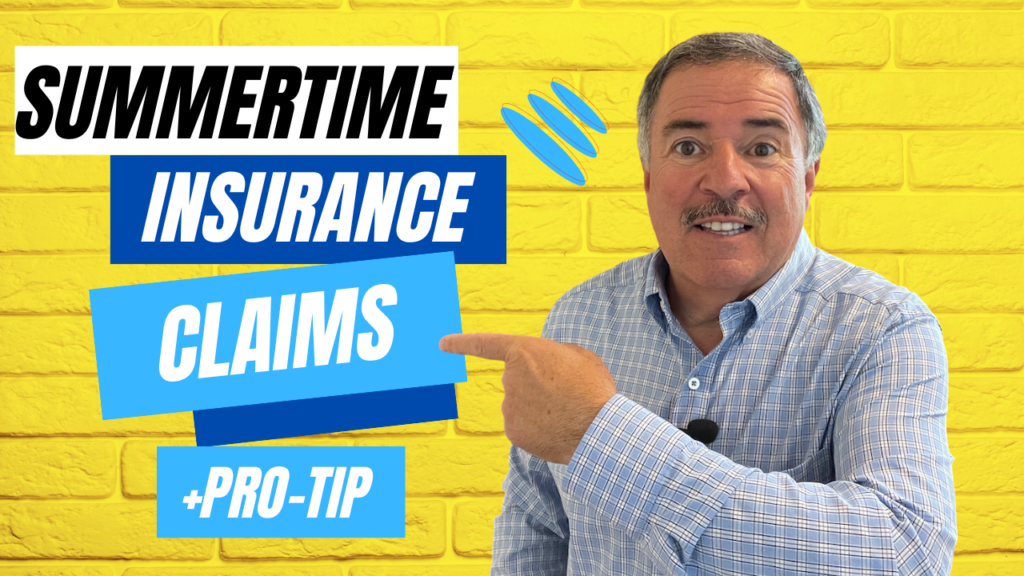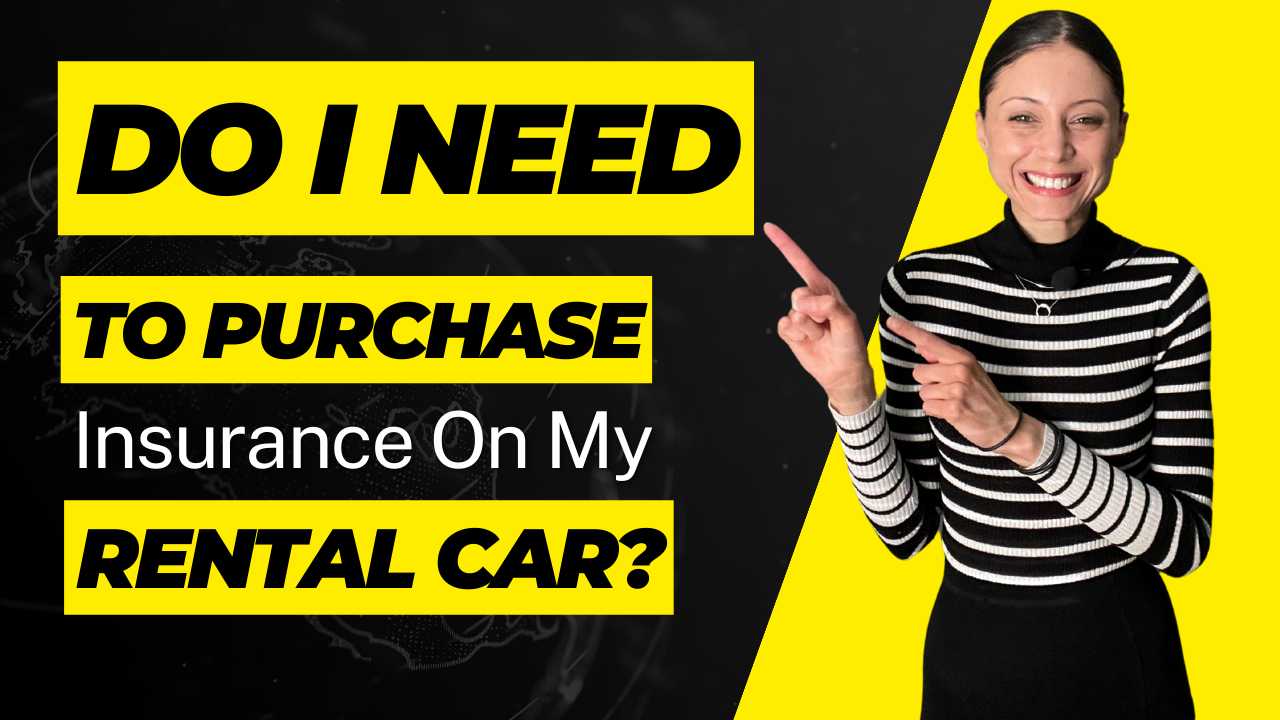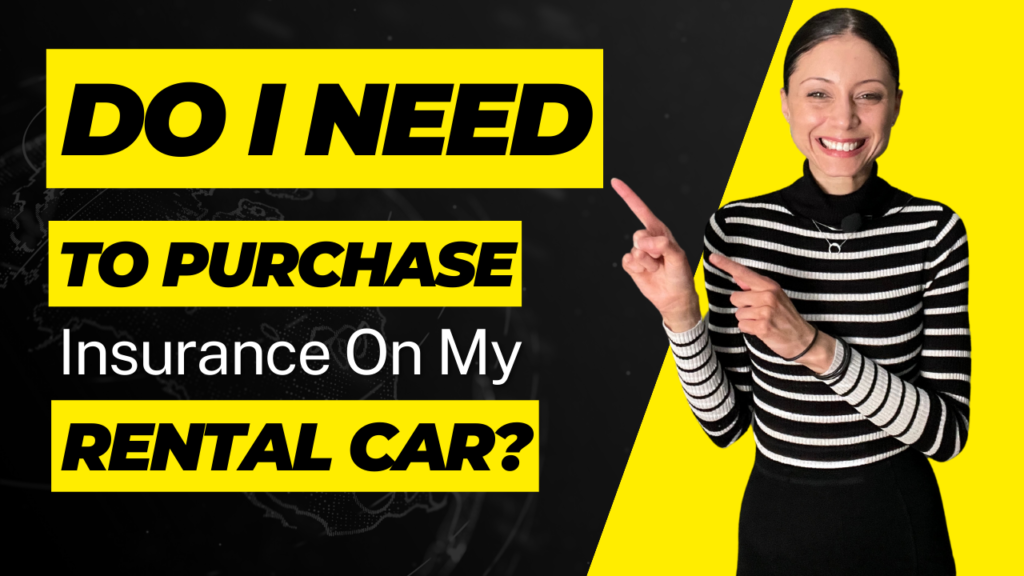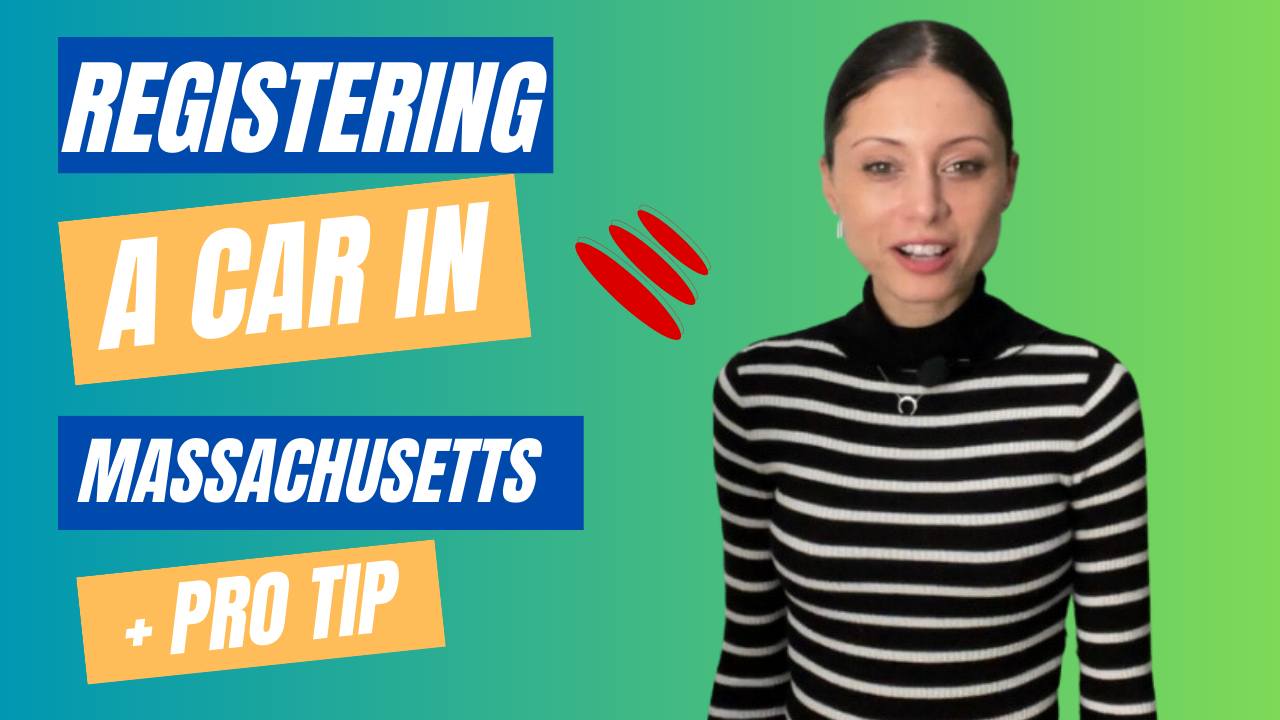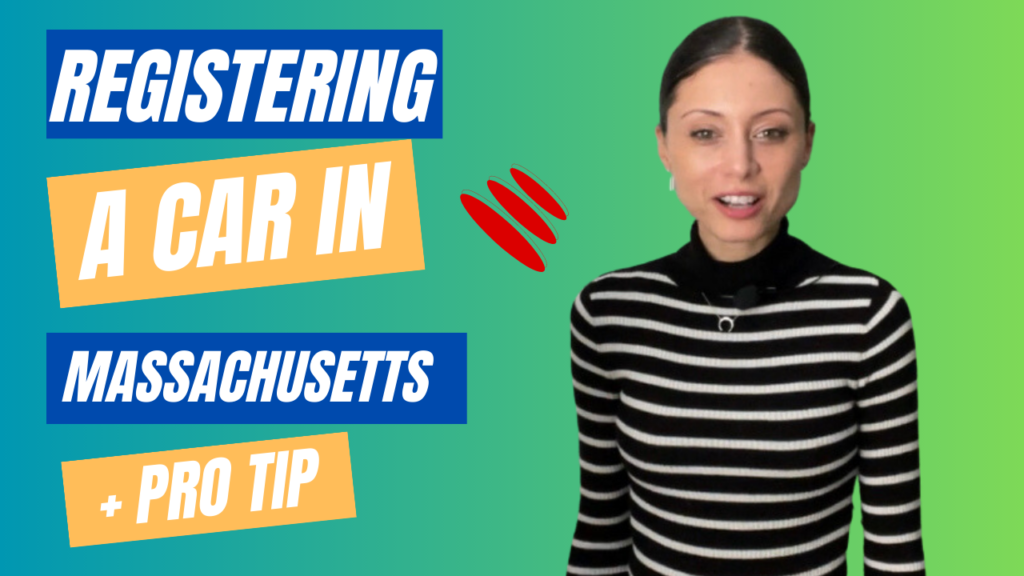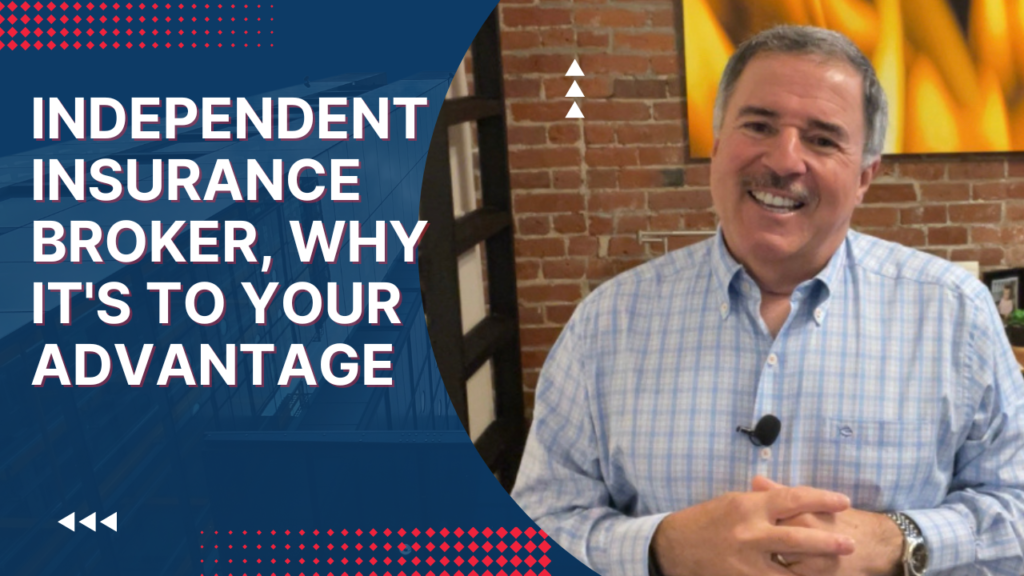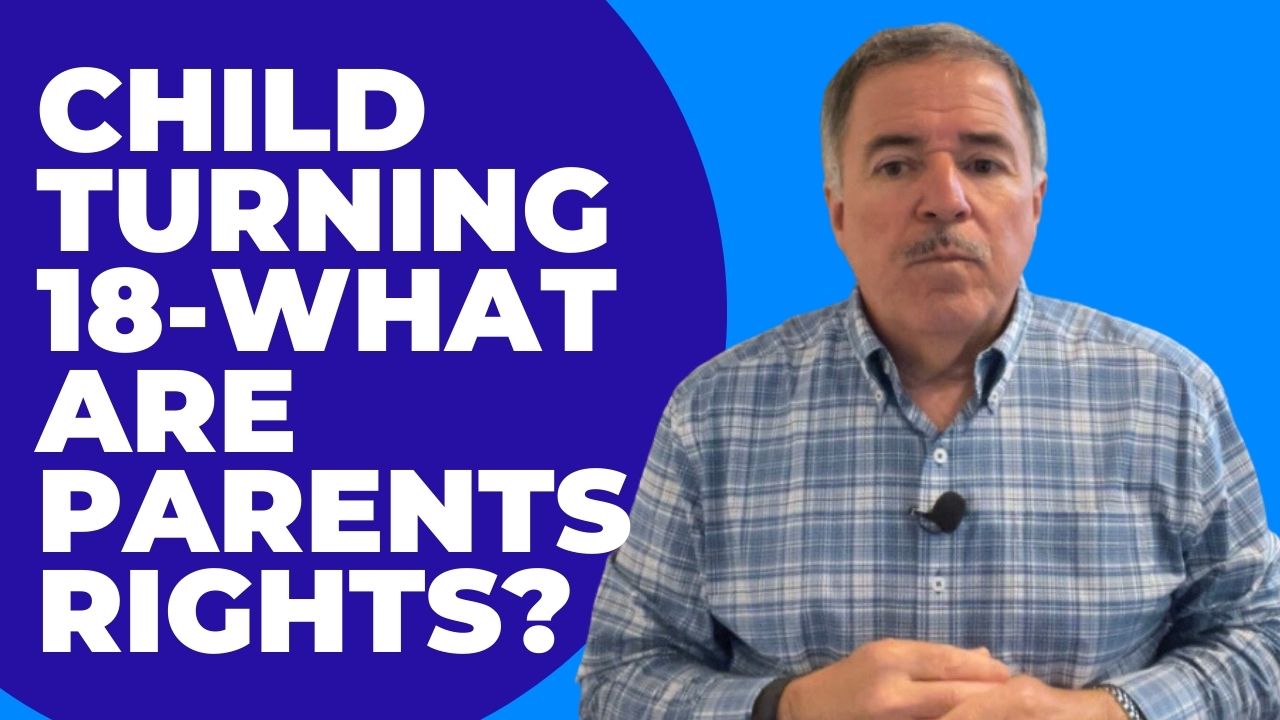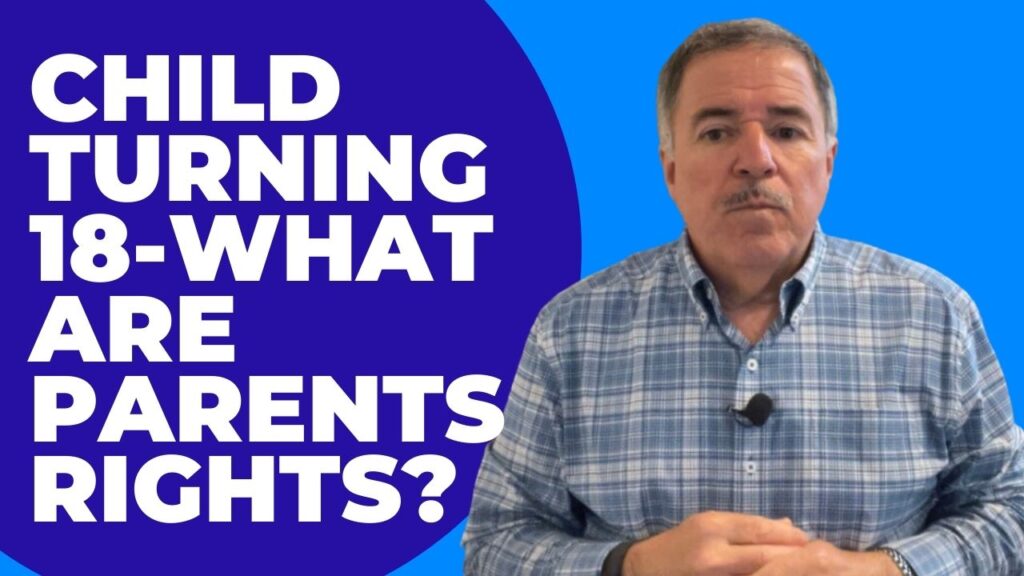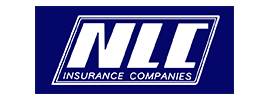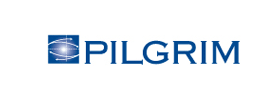Understanding Earthquake Insurance
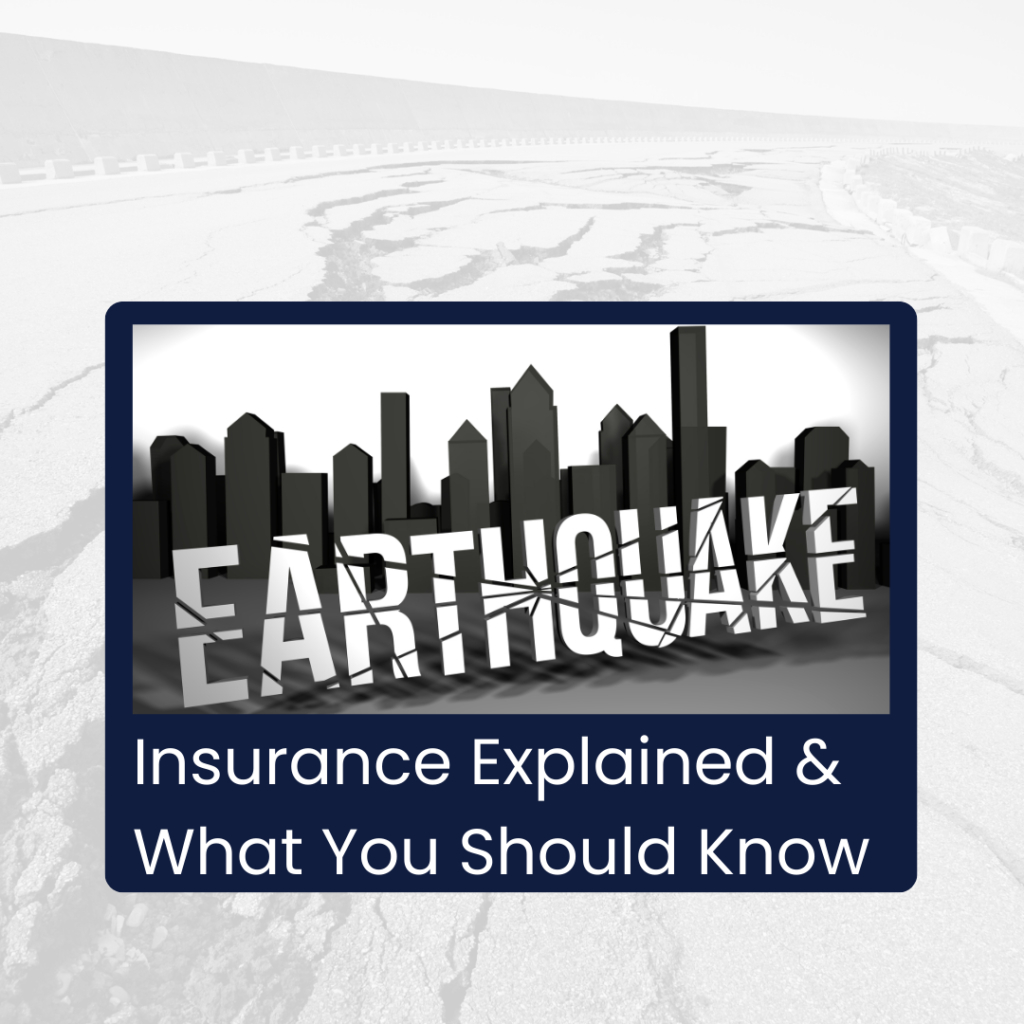
When you hear the term “Big One,” you may think of California or the Pacific Northwest. But the strongest earthquake in the lower 48 states occurred in the heartland. In 1811 and 1812, a series of quakes hit the New Madrid fault near present-day Memphis, Tennessee. It was estimated at 7.7 on the Richter scale and could be felt in New York City.
According to the United States Geological Survey, New England has a low to moderate earthquake hazard. Most earthquakes in New England have been <5.0 magnitude (Mw), but some significant earthquakes >Mw 5.0 occurred in the last few hundred years.
A 2009 study by the Mid-America Earthquake Center at the University of Illinois showed that a quake of this magnitude now could damage more than 700,000 buildings in eight states. The USGS states that earthquakes affect more than half the US population.
Despite this, only 7% of Americans have earthquake insurance. Sales have gone down in recent years because it can be expensive. Premiums may cost hundreds of dollars, and the coverage has some restrictions that make many people not want to buy it.
When it comes to Earthquake insurance, there are a few things to know. Understanding one’s options and what to expect from the policy is important.
Your Homeowners Insurance Does Not Protection Against Earthquake Damage.
A standard Homeowners insurance doesn’t cover damage caused by an earthquake. It may, however, cover damage to the home caused by fires following the quake.
Proper Earthquake insurance is available as a rider on your insurance policy to a standard Homeowners policy. In some areas of the country, coverage is provided by private insurers as a separate insurance policy.
Some Earthquake Coverage Have Limitations
Some home insurance policies can be tailored to provide extra protection for items such as detached garages, pools, jewelry, and firearms. Earthquake insurance may not offer coverage for these extra structures and items and may have less coverage for alternate housing if your home needs repairs or rebuilding.
Earthquake Deductibles Tend To Be High
Earthquake insurance can be expensive, particularly in high-risk areas. Its deductibles are higher than a standard Homeowners policy’s, usually ranging from 5 to 15% of the policy limit. For example, a common Homeowners policy deductible is $500, but a 15% deductible on a $200,000 policy limit would be $30,000. In cases of major damage, this is a welcome tradeoff. However, with minor to moderate damage, an Earthquake insurance claim may not be worth it.
How Much Does Earthquake Insurance Cost?
How much is earthquake insurance? It can cost from $800 to $5,000 a year. The deductible is usually 5-20% of the coverage limit.
We have a policy for our condominium in Dorchester. It’s a rider on our HO6 policy and costs $287 a year. The deductible is 5% if there is a loss from an earthquake. The price can change depending on certain factors.
Your Local Independent Agent Can Assist You In Deciding If Earthquake Insurance Is A Good Fit For You.
Earthquake insurance is often recommended for homeowners who live in high-risk areas, like near a fault. A quake can cause severe damage, so the coverage is important. For homeowners in low-to-moderate risk areas, an independent insurance agent can help compare rates and policies from multiple companies to ensure the policy is adequate.
Vargas & Vargas Insurance can help you decide and compare rates and policies from multiple companies. He or she can help you be confident your policy is up to protecting you financially if the Big One does hit close to home. Call us today at 617-298-0655.


